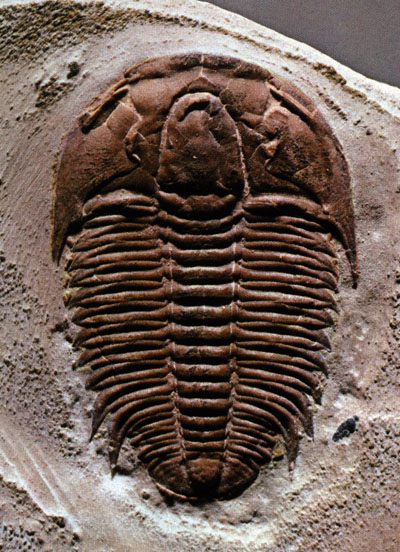Location: Eden, New York
Year: 1916
The Original Kazoo Company in Eden, New York is the original kazoo company.
The same belt and pulley machines that stamped and shaped the world's first metal kazoos in 1916 still stamp and shape kazoos today. The finished product hasn't changed, either. The palm-sized, submarine-shaped musical instrument still makes a tinny vibration when someone hums into it.
The factory floor is now more a working museum than manufacturing facility. The plant, in a small corn farming community not far from Buffalo, opened in 1907 as a sheet metal workshop, producing stove and furnace parts and peanut vending machines. It began making kazoos in 1916 after its owner was approached about creating a metal version of the wooden instrument that had been around since the 1840s. Nothing much has changed since then, except the ownership. Today, the site is operated by Suburban Adult
Services Inc., a nonprofit organization serving mentally and physically
disabled adults. As part of the acquisition deal,
the original factory stayed in Eden and makes and sells
5,000 standard kazoos a year aside from the kazoo trumpets, french horn kazoos,
trombone kazoos and other specialty kazoos it creates there.
The kazoo is believed to be the only musical instrument to be invented
and produced in the United States. Today, the Eden factory produces the
only American-made metal version. The most popular kazoo songs are Old MacDonald Had a Farm, I've Been Working on the Railroad, and Jingle Bells.












































